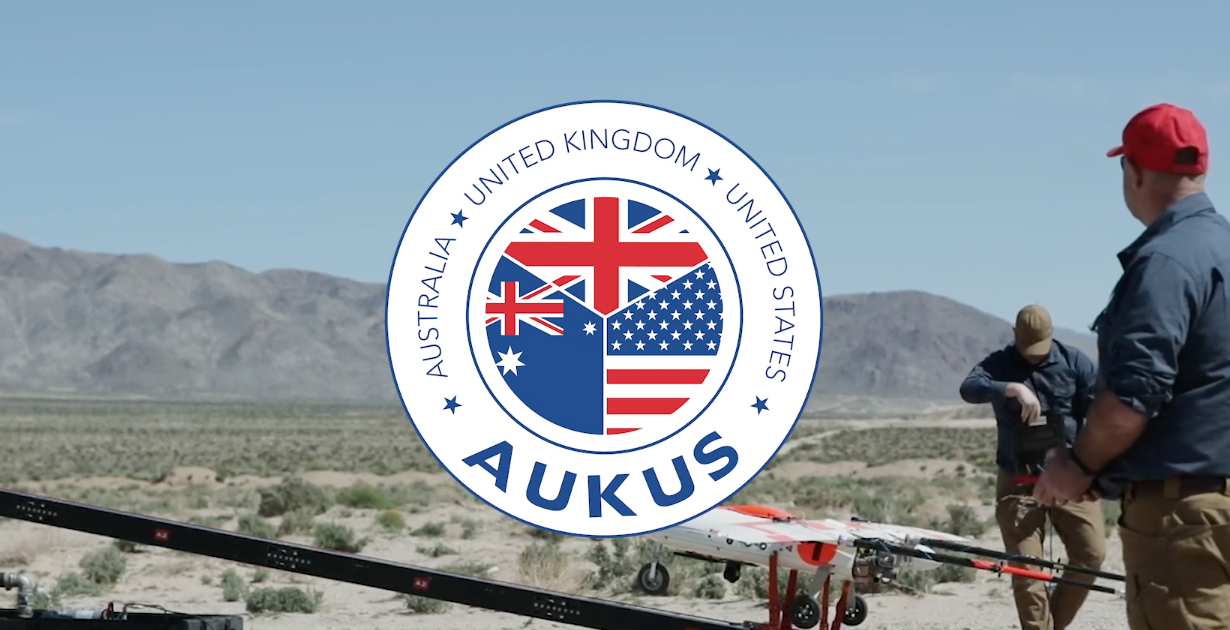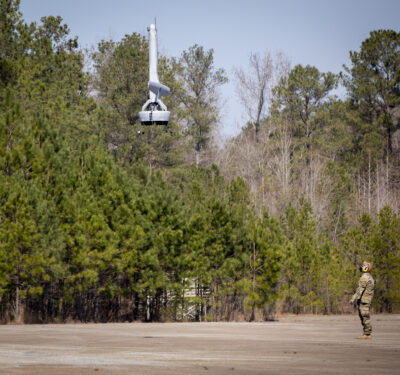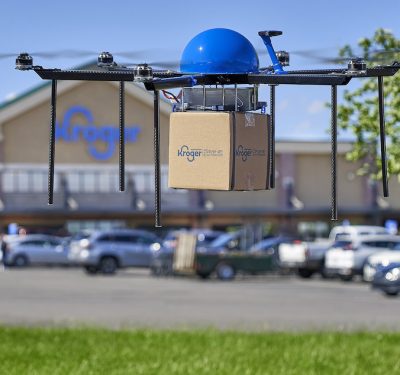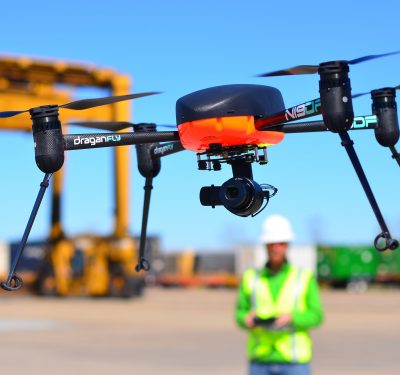AUKUS, a trilateral security partnership between Australia, the United Kingdom and the US, successfully deployed autonomous and AI-enabled sensing systems during the Resilient and Autonomous Artificial Intelligence Technology (RAAIT) trials as part of the AUKUS advanced capabilities line of effort, or Pillar II.
The trials took place at multinational Project Convergence exercises hosted by the U.S Army. Military personnel from the three AUKUS nations tested autonomous and AI-enabled sensing capabilities in a multi-domain battlespace – land, maritime, air and cyber – that minimize the time between sensing enemy targets, deciding how to respond and responding to the threat. These trials demonstrated significant progress since the first AUKUS RAAIT trails in the UK in April 2023 and show tangible results of the AUKUS Pillar II commitment to making our warfighter more lethal on the battlefield.
Once matured and integrated into national platforms, these new sensing systems will yield more reliable data that commanders can use to make optimal decisions and service members to act more quickly against kinetic threats – all while enabling seamless joint and combined military operations involving multiple services and nations.
One such system deployed at RAAIT is a plug-in for the Tactical Assault Kit (TAK) – a map-based software application– that helped a UK RedKite Unmanned Aerial Vehicle (UAV) detect opposing force locations using on-the-fly adjustments based on the data collected, while another UAV provided detailed imagery as confirmation. The information was passed to the Tactical Operations Center (TOC) where a uniformed “AI officer” provided human oversight prior to triggering an Australian XT-8 UAV to perform a simulated strike. The TAK is already being put to good use, and the U.S. Air Force Research Laboratory (AFRL) plans to release the plug-in for wider dissemination.
“It used to be that each nation used its own datasets to develop separate models and deploy those models on their own platforms. Under RAAIT, we’ve matured the AI pipeline, focusing on interchangeability and interoperability, which allows for any combinations of datasets, models, algorithms and platforms to be used across all three nations,” said Dr. Kimberly Sablon, the Principal Director of Trusted Artificial Intelligence and Autonomy in the Office of the Under Secretary of Defense for Research and Engineering.

Lessons learned at the RAAIT trials will be used for future training events, where the AUKUS Artificial Intelligence and Autonomy (AIA) Working Group hopes to leverage findings to develop an AIA ecosystem that will one day enable the three partner nations to share data for operational success in contested environments.
“Our goal is to get to the point where we have a pipeline that is interchangeable and interoperable but robust,” Sablon said. “Being able to collect data, train our AI systems, conduct testing and evaluation and even adapt to unanticipated threats in less than 10-hours at the edge is a huge milestone for our partnership.”






